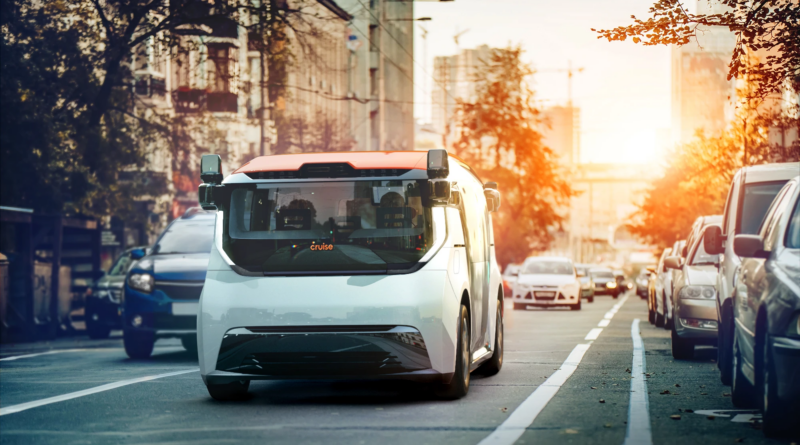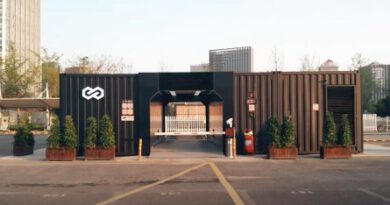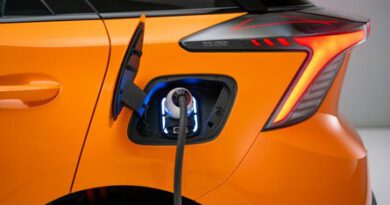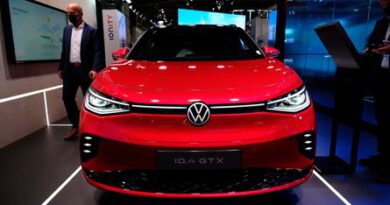Cruise Seeks NHTSA Approval For New Vehicle Type
General Motors’ self-driving division, Cruise Automation, together with its parent company, has applied to the U.S. National Highway Traffic Safety Administration (NHTSA) for review and approval of the Cruise Origin for commercial operation on public roads. The Cruise Origin represents a new type of vehicle that no longer has a manually steerable steering device in the vehicle, sits four passengers on two benches facing each other, and can travel in either direction. It hardly needs to be mentioned that the vehicle has a battery electric propulsion system.
The vehicle is an in-house development by Cruise, for which the company has raised investments of 5 billion and received a further credit line of 5 billion from GM Financials. An initial series of 1,000 of these will be produced and will serve in San Francisco’s own fleet of robot taxis.
The company’s petition to NHTSA seeks to have previously mandatory devices intended for a human driver, such as the steering wheel, sun visor, rearview mirror and the like, reconsidered and the necessary requirements for a vehicle controlled by a “robotic driver” considered.
To that end, Cruise is providing NHTSA with an opportunity to gain visibility into data about an autonomous vehicle’s driving behavior and safety, providing a basis to adjust requirements and regulations accordingly.
Cruise is not the only company developing such a type of vehicle. Zoox, Navya, Waymo, Canoo and others are also working diligently on it.
This article was also published in German.




